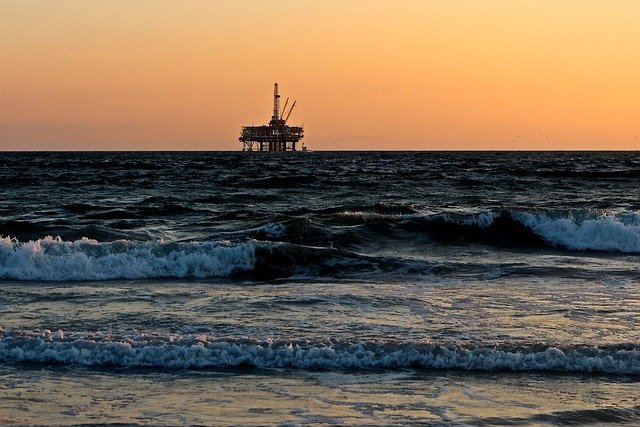CO2 in oceanic transform faults has received little attention for a relatively long time. Researchers have now discovered a previously unknown part of the geological carbon cycle that affects climate regulation and carbon concentration in various surface reservoirs.
Important for the history of Earth's climate
Because of low magma activity, transform faults were long considered “boring” places, geochemist Frieder Klein said in one study. press release. “What we have now discovered is that the mantle rocks exposed along these oceanic transform faults represent a huge potential store of carbon dioxide.” Partial melting of the Earth's mantle releases carbon dioxide, which is trapped in hydrothermal fluids, interacts with the Earth's mantle near the ocean floor and is trapped there.
“The amount of carbon dioxide emitted at conversion faults is negligible compared to the amount of carbon dioxide generated by human activity — or man-made,” says Klein. “However, over geological timescales and before humans were emitting much carbon dioxide, geological emissions from the Earth’s mantle – including transform faults – were an important driver of Earth’s climate.”
The studies are also important for understanding modern global warming. “To fully understand modern human-caused climate change, we must understand natural climate fluctuations in Earth's deep past that are linked to perturbations in Earth's natural carbon cycle,” says co-author Tim Schroeder. “Our work provides information about long-term carbon fluxes between the Earth’s mantle and and the ocean-atmosphere system.” “Large changes in these carbon fluxes over millions of years have caused Earth’s climate to become warmer or cooler than it is today.”
It was predicted 12 years ago
The researchers examined the formation of placers and other magnesite-bearing assemblages during mineral carbonation of so-called mantle peridotite in the St. Paul transform fault. Here they discovered that the combination of low melt expansions produces melts rich in incompatible elements and volatiles, especially carbon dioxide. This creates conditions that lead to extensive mineral carbonation.
Samples were collected during an expedition to the area using manned vehicles. Finding and analyzing these rocks “was a dream come true.” “We expected carbonate-altered oceanic mantle rocks 12 years ago, but we couldn't find them anywhere,” says Klein. “We went to the archipelago looking for low-temperature hydrothermal activity and failed miserably to find such activity there. It was incredible that we were able to find these rocks on a transform fault because we stumbled upon them while we were looking for something else.
picture C. Morrison on Pixabay
Similar posts

“Total coffee aficionado. Travel buff. Music ninja. Bacon nerd. Beeraholic.”







More Stories
How did life begin on Earth? Munich researchers find important clues
Reducing silent inflammation in the body with food
How did life begin on Earth? Munich researchers find important clues